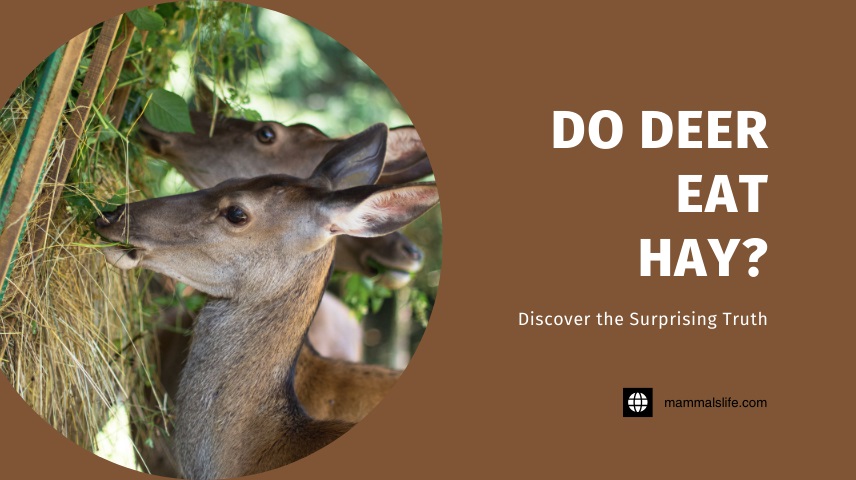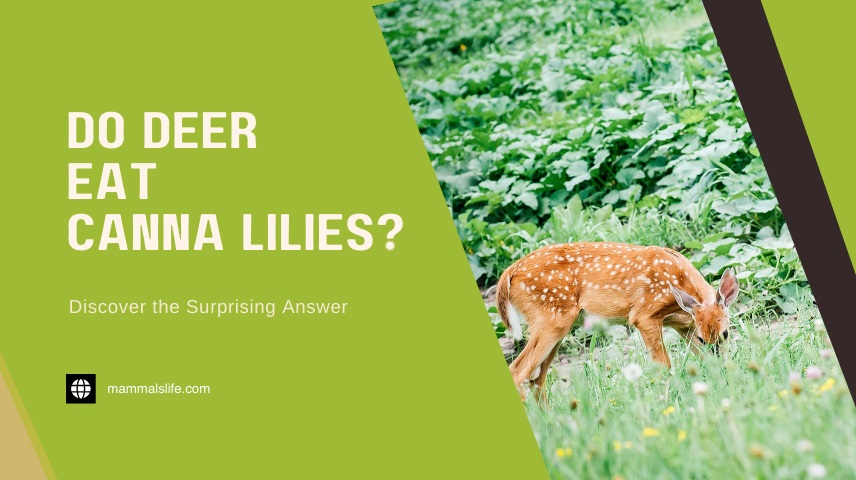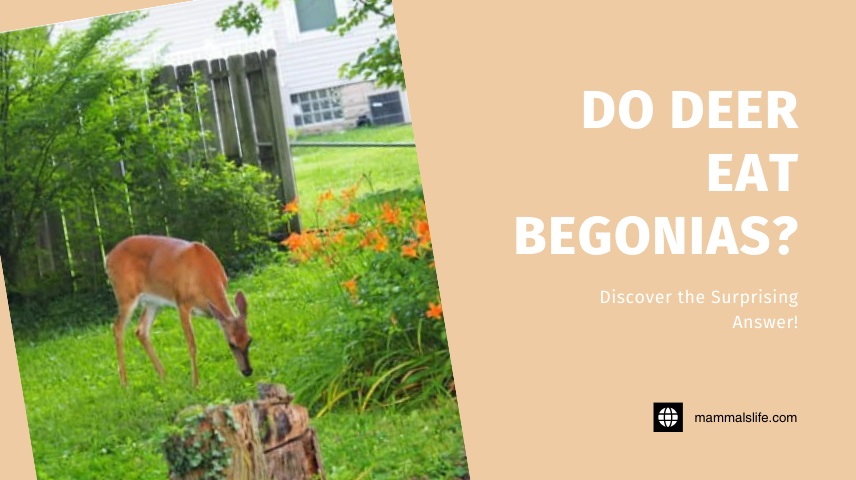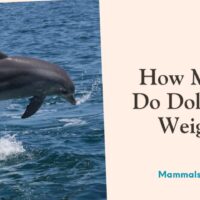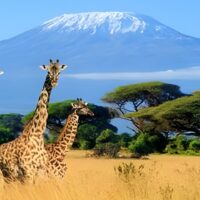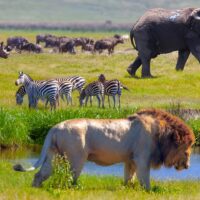Last Updated on February 22, 2025 by Mammals Life
Yes, deer do eat hay, especially in winter when other food sources are scarce. Hay provides essential nutrients for their survival.
Deer are selective feeders, primarily consuming leaves, twigs, and fruits. During winter, natural food sources become limited, making hay a vital alternative. Farmers and wildlife enthusiasts often provide hay to support deer populations. This practice helps deer maintain their energy levels and health.
Though not their first choice, hay becomes a crucial resource during harsh conditions. Properly stored hay ensures it remains nutritious and free from mold. Offering hay helps deer survive winter and contributes to maintaining a balanced ecosystem. Always ensure hay quality to support the well-being of local deer populations.
Deer’s Natural Diet
Deer are fascinating creatures with unique dietary needs. They primarily rely on natural vegetation for their nutrition. Understanding their diet helps us know if deer eat hay.
Browsing Habits
Deer are known as browsers. They prefer to eat the tender shoots of trees, shrubs, and other woody plants. They have a varied diet and adjust based on availability. Deer use their sharp sense of smell to find food. They often nibble on leaves, twigs, and fruits.
Their diet changes with the seasons. In spring and summer, they enjoy fresh green plants. In fall, they eat acorns and nuts. Winter is the hardest time for deer. They may eat bark and twigs when food is scarce.
Preferred Plants
Deer have preferred plants they seek out. Some of their favorites include:
- Oak leaves and acorns
- Maple leaves
- Dogwood
- Sumac
- Honeysuckle
They also eat a variety of grasses and herbs. Deer prefer soft, moist plants. They avoid rough or thorny vegetation.
Deer have complex dietary habits. They are adaptable and selective in their food choices. Understanding their natural diet helps us see why hay isn’t their first choice.
Hay As A Food Source
Many people wonder, do deer eat hay? The answer is yes. Deer often eat hay during harsh winters. When natural food is scarce, they turn to hay. This blog section explores hay as a food source for deer.
Nutritional Value
Hay provides essential nutrients for deer. It contains fiber, which helps digestion. The protein in hay supports muscle growth. Hay also offers vitamins and minerals. These nutrients help deer stay healthy during winter.
| Nutrient | Benefit |
|---|---|
| Fiber | Aids in digestion |
| Protein | Supports muscle growth |
| Vitamins | Boosts immune system |
| Minerals | Strengthens bones |
Types Of Hay
Different types of hay offer various nutrients. Here are some common types:
- Alfalfa Hay: High in protein and calcium.
- Timothy Hay: Rich in fiber, good for digestion.
- Clover Hay: Contains vitamins and minerals.
- Orchard Grass Hay: A balanced mix of nutrients.
Each type of hay benefits deer differently. Alfalfa hay is great for growing fawns. Timothy hay helps older deer with digestion. Clover hay is a good source of vitamins. Orchard grass hay offers a balanced diet.
Feeding Deer Hay
Many people wonder, Do deer eat hay? Yes, deer do eat hay, but it’s not their first choice. Deer prefer fresh browse and natural foods. Feeding deer hay can be beneficial during certain times of the year. Let’s explore the considerations and benefits of feeding deer hay.
Seasonal Considerations
Feeding deer hay is most crucial during winter. During this season, natural food sources are scarce. Snow and ice cover their usual browse. Hay becomes a valuable food source. It’s important to choose the right type of hay. Alfalfa hay is rich in nutrients. Grass hay is also a good option. Avoid moldy or dusty hay, as it can harm the deer.
In spring and summer, deer have access to plenty of fresh browse. Hay is not needed as much. Keep an eye on local food availability. Adjust the feeding schedule accordingly.
Supplementing Diet
Hay should supplement, not replace, a deer’s natural diet. Deer need a variety of foods to stay healthy. Here are some tips for supplementing their diet:
- Provide fresh water alongside hay.
- Offer a mix of hay and natural browse.
- Use deer feeders to distribute hay evenly.
- Monitor the deer’s health and adjust feed amounts.
Balancing their diet helps prevent nutritional deficiencies. It keeps the deer healthy and strong.
| Type of Hay | Nutritional Value |
|---|---|
| Alfalfa Hay | High in protein and calcium |
| Grass Hay | Moderate in protein, good fiber source |
Choose hay that complements the deer’s natural food sources.
Potential Risks
Feeding deer hay may seem harmless, but it carries potential risks. These risks could affect the deer’s health and natural behaviors. Understanding these risks is crucial for anyone considering feeding hay to deer. Below, we explore some of these risks in detail.
Digestive Issues
Deer have sensitive digestive systems. Their diet in the wild mainly consists of leaves, twigs, and other natural vegetation. Feeding them hay can cause digestive issues. Hay is different from their natural diet and can be hard to digest. Digestive problems can lead to serious health issues for deer.
Deer may suffer from bloating or stomach pain. This can make them weak and more vulnerable to predators. Even small amounts of hay can disrupt their digestive balance. Feeding hay to deer can create long-term health problems.
Dependency Concerns
Another risk of feeding hay to deer is creating dependency. Deer may start relying on humans for food. This can change their natural behaviors and survival skills. Dependency on humans can be dangerous for deer in the long run.
When deer depend on human-provided food, they may stop foraging naturally. This can reduce their ability to find food in the wild. During harsh winters, this dependency can be fatal. Deer that rely on hay may not survive when the food supply stops.
| Risk | Impact |
|---|---|
| Digestive Issues | Bloating, stomach pain, long-term health problems |
| Dependency Concerns | Reduced natural foraging, survival risks |
Understanding these risks is essential for anyone who cares about deer. Feeding hay may seem kind, but it can harm them. Always consider the potential risks before feeding hay to deer.
Alternative Food Sources
Deer are adaptable creatures with diverse dietary preferences. While they do eat hay, they also consume various other food sources. Let’s explore some alternative food sources that deer rely on.
Native Plants
Native plants are a primary food source for deer. These plants are abundant in their natural habitat.
- Acorns: Deer love acorns, especially in the fall.
- Grasses: Native grasses provide essential nutrients.
- Shrubs: They eat leaves and twigs from shrubs.
- Fruits: Wild berries and fruits are deer favorites.
Native plants offer a balanced diet and are easily accessible. These plants also help deer stay healthy and strong throughout the year.
Commercial Deer Feed
Commercial deer feed is another option for providing nutrition to deer. This feed is specially formulated to meet their dietary needs.
| Type | Description |
|---|---|
| Pellets | Rich in protein and minerals, easy to digest. |
| Blocks | Long-lasting, provide continuous nutrition. |
| Mixes | Blend of grains, seeds, and minerals. |
Commercial feed ensures deer get adequate nutrition, especially during harsh weather. These feeds can supplement their diet when natural sources are scarce.
Frequently Asked Questions
Do Deer Eat Hay In Winter?
Yes, deer eat hay in winter when food is scarce.
Is Hay Good For Deer Nutrition?
Hay provides essential fiber but lacks crucial nutrients for deer.
Will Deer Eat Moldy Hay?
Deer avoid moldy hay due to potential health risks.
Can Deer Digest Hay Properly?
Deer can digest hay but prefer natural forage.
Do Deer Prefer Hay Over Natural Forage?
Deer prefer natural forage over hay if available.
What Type Of Hay Do Deer Eat?
Deer typically eat grass hay like timothy or alfalfa.
Conclusion
Deer can eat hay, but it’s not their preferred food. They thrive on natural vegetation. Hay can supplement their diet in winter. Providing a variety of food sources ensures their health. Understanding deer dietary habits helps in their conservation. Always aim to offer balanced nutrition for a healthier deer population.

